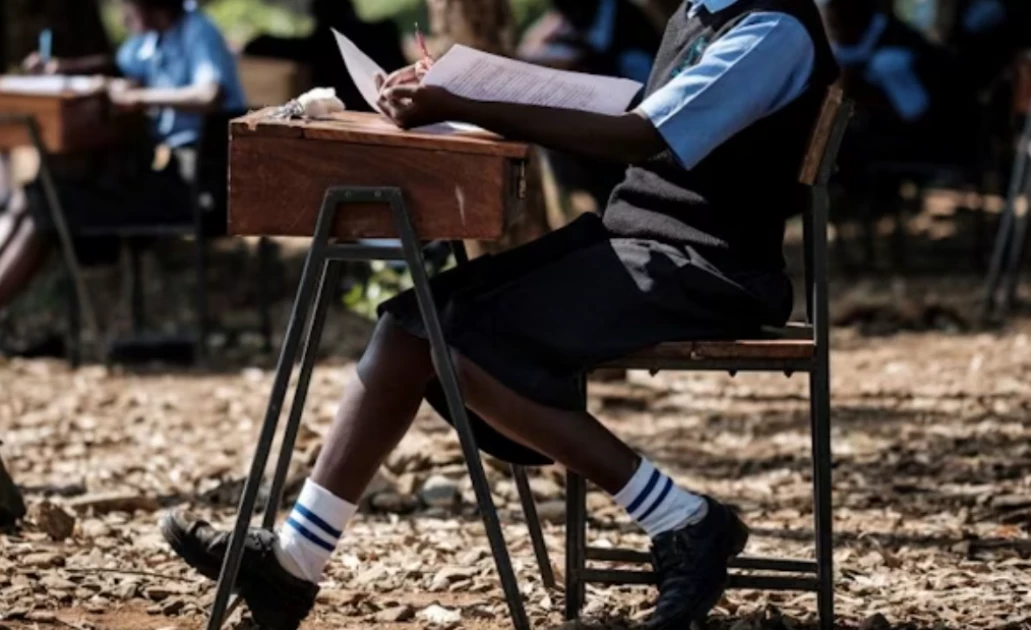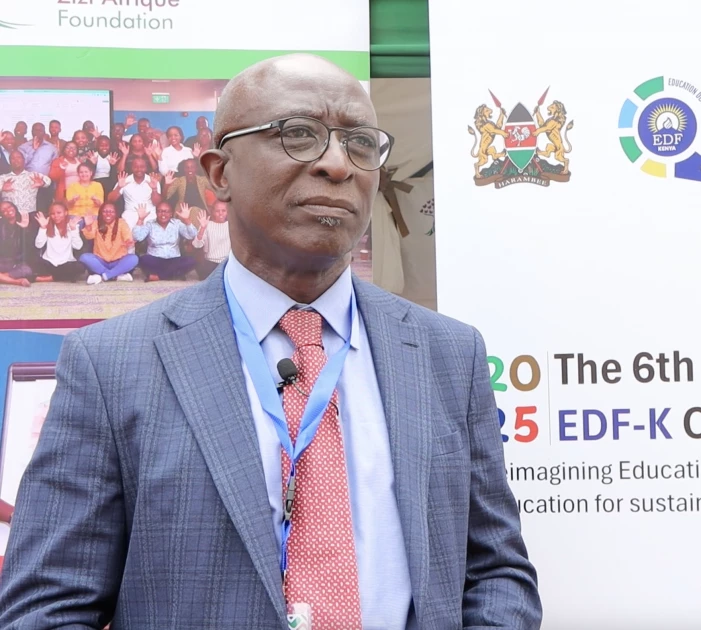OPINION: Literacy matters - How Kenya can equip teachers and students to succeed

Students at St Dominic Bukna Secondary School in Kisumu, Kenya, take their English test outdoors due to overcrowding in classrooms. PHOTO | Yasuyoshi Chiba/AFP

Audio By Vocalize

By Kwame Akyeampong
In classrooms across Kenya, millions of children attend school
each day, yet some will leave school without having learnt the basic skills of
literacy and unable to read a simple text. Across Sub-Saharan Africa almost 9
in 10 children are unable to read and comprehend a simple text by age 10 (World
Bank, 2020). Literacy is not a distant goal, it is the foundation upon which
much of a pupil’s academic journey depends, and for Kenya’s children, the
consequences of inaction are enormous.
The ‘literacy crisis’ is complex, but two things are clear:
teachers lack confidence in teaching literacy effectively, and some children
are not learning foundational literacy skills despite being in school.
Research I conducted across Kenya and five other African
countries in 2013 found that newly qualified teachers consistently listed
literacy as a difficult subject to teach, with tasks such as teaching pupils to
‘read for meaning’ perceived to be significantly more difficult than teaching
letter sounds. While that study is over a decade old, its findings remain
strikingly relevant today as teacher preparation has not kept pace with the
needs of learners.
For too long, pre-service and in-service teacher training has
failed to equip educators with the skills and guidance they need to teach
literacy effectively. Curricula are inconsistent, pedagogical approaches are
often unclear, and teachers are left to navigate classrooms with minimal
support. The result is a two-fold crisis: underprepared teachers who lack
confidence in how to teach literacy effectively and children falling behind in
acquiring their foundational literacy skills.
But there is now reason for optimism. A forthcoming paper on
Literacy endorsed by the Global Education Evidence Advisory Panel (GEEAP)
provides clear, evidence-based guidance for teaching literacy in low- and
middle-income contexts, including Kenya. The paper is based on evidence from 75
countries across 106 languages and identifies the key skills pupils must learn,
and that teacher must learn to teach, to effectively support the acquisition of
literacy.
The principles of effective, evidence-based reading
instruction are largely universal. Learning to read relies on two core skills
(plus connection to writing, a separate skill); Decoding and Language
comprehension. Decoding is the ability to recognise written symbols (e.g.,
letters) and convert them into the sounds they represent to recognise words.
Language comprehension involves understanding the meaning of words, sentences
and texts.
Decoding and language comprehension skills constantly interact
while reading, and both are essential. To develop decoding and language
comprehension skills, teachers need to provide children with explicit and systematic
instruction in multiple literacy sub-skills.
Teacher training institutions in Kenya and beyond must take
note of these findings. Training teachers to confidently deliver lessons focusing
on developing the core literacy sub-skills should form a core component of both
pre-service and in-service teacher training programmes.
Training must give teachers clear guidance, practical tools,
and practical opportunities to develop their teaching practice in a classroom
context. This is not about adding more content to training programmes, which in
many cases are already overly theoretical; it is about doing what works,
focusing on strategies proven to deliver results.
To complement the teaching of these key skills policymakers
and teachers can draw on evidence-based approaches or pedagogies to support the
teaching of literacy and foundational skills more widely. Kenya’s TUSOME
programme did just that. Based on an approach called structured pedagogy, which
the GEEAP’s Smart Buys paper labelled a ‘great buy’, it provided teachers with
detailed lesson plans, student materials, and ongoing training and support.
Although TUSOME itself is no longer running, its core
principles, well-designed materials, teacher support, and regular monitoring,
have since been woven into Kenya’s Competency-Based Curriculum (CBC).
Structured Pedagogy is only one of several Smart Buys highlighted by GEEAP,
which when combined with the new evidence on literacy teaching and learning,
can further strengthen classroom practice.
The stakes could not be higher. Literacy underpins all
subjects and equips children with the skills to participate fully in society
and escape cycles of poverty. By giving teachers the tools to teach reading
effectively, Kenya can ensure children not only attend school but actually
learn.
The evidence is clear and solutions exist: policymakers,
teacher training institutions, and education partners must integrate
evidence-based literacy strategies into pre-service and in-service teacher
training. We now have the clearest evidence on how to achieve this. Literacy is
not an abstract goal; it is a basic human right and the key to opportunity.
Kenya’s classrooms can lead the way, but only if teachers are confident,
prepared, and equipped to teach children to read.
(The writer is a GEEAP Panelist & Professor of
International Education and Development at The Open University)


Leave a Comment